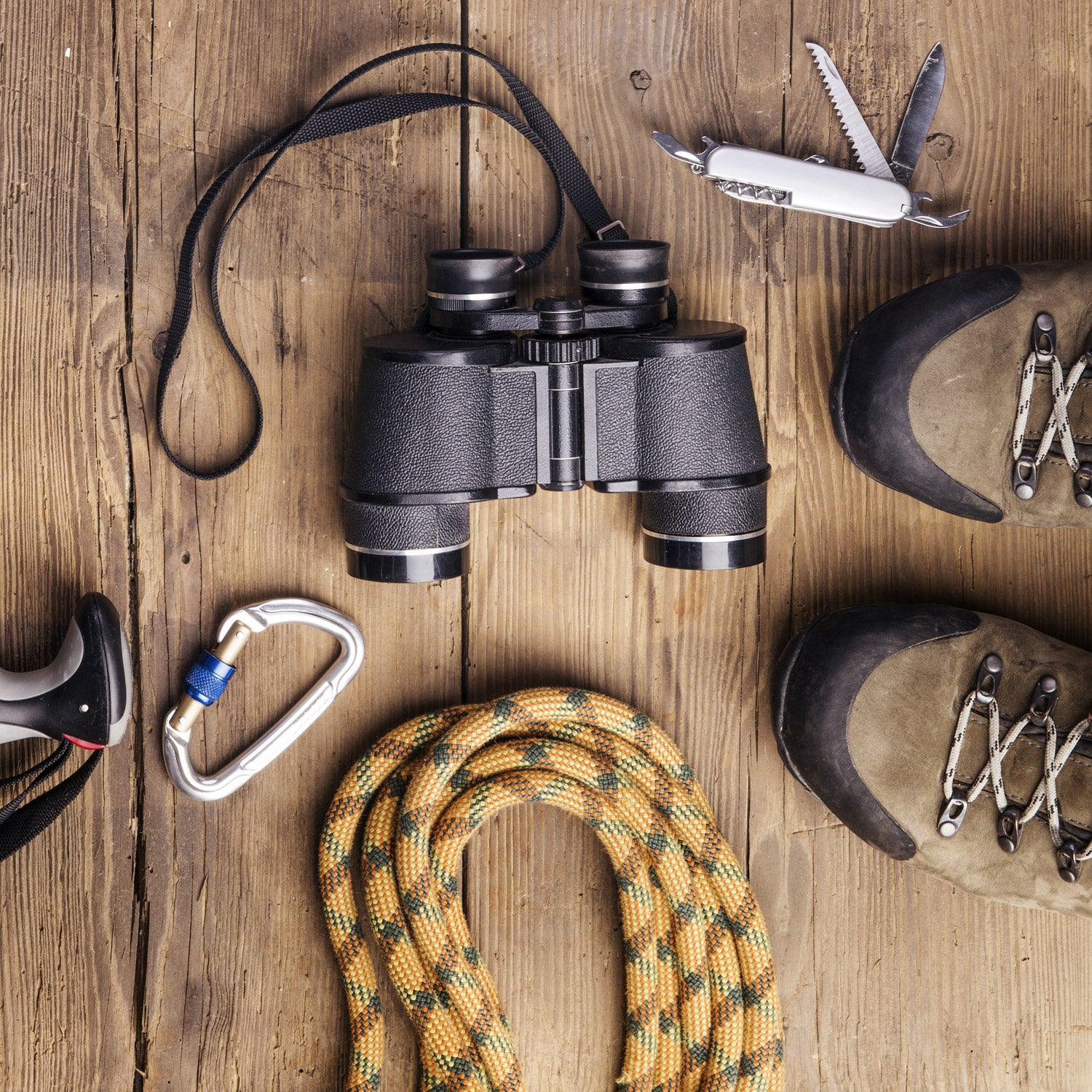Good binoculars are essential for anyone who wants to hunt, go birding, or step up their wildlife-viewing game. But there are hundreds of options on the market, ranging from less than $100 to more than $2,000. For suggestions on how to buy the right pair, I enlisted my good friend Jason Brooks, who’s been an avid birder going on 20 years. He broke down the nitty-gritty specs like magnification, configuration, and lens diameter so you don’t have to.
Understand the Technology
Magnification and lens diameter are the two most important specs to consider when buying binocs. The two numbers are always displayed together as a “by” formula, with magnification in front and lens diameter in back (7×35, 8×42, 10×50, etc). Magnification denotes by how many times the lenses magnify objects. Lens diameter, measured in millimeters, denotes how much light the binoculars let in. The more light they allow, the easier it is to spot fine details. As a general rule, the bigger the numbers, the bigger the binoculars.
Establish Your Budget
There are lots of great options in the $1,500 range. These binoculars have lenses with a high optical quality and reduced glare, both of which help you see fine details. Serious birders and hunters will definitely benefit from these specs. The rest of us, however, don’t need to spend that much. A $350 or $400 pair still offers precise enough viewing. Warning: Brooks says $350 is a good cutoff. Any lower than that and the lens quality declines steeply.
Look at the Warranty
News flash: Binoculars lenses will break if you drop them. And it’s easy to drop them when you’re scrambling around the woods. Make sure your pair comes with a warranty like that offered by and .
Choose the Right Pair for Your Activity
Binoculars come in many different configurations and sizes. To pick the right pair, you’ll need to determine how you’ll use it most often.
- Birding: Get an 8×42 or 10×42 configuration like the $400 . These configurations hit the sweet spot between light and magnification when you’re trying to spot tiny hidden objects. These tend to be heavy models, but birders will appreciate the optical precision.
- Hunting: Get an 8×28 configuration like the $390 . “The hunter spends time in the brush, off trail, and needs binoculars close at hand that are easy to carry,” says Brooks. He suggests a smaller zoom and lens diameter for hunters.
- Watching football: Get a 10×50 configuration like the $200 Sure, they’re heavy, but it doesn’t matter if you aren’t walking far. Brooks recommends going with a maximum of 10×50 or smaller, as larger magnification requires a tripod to stabilize the image.


